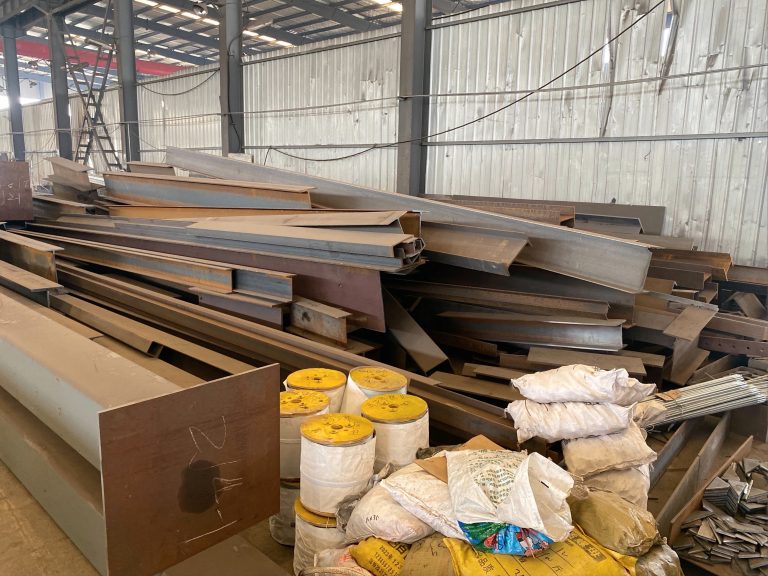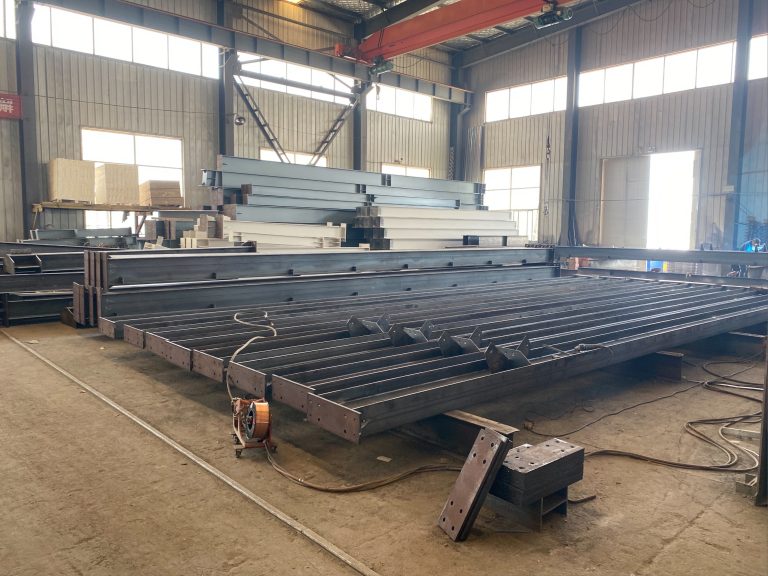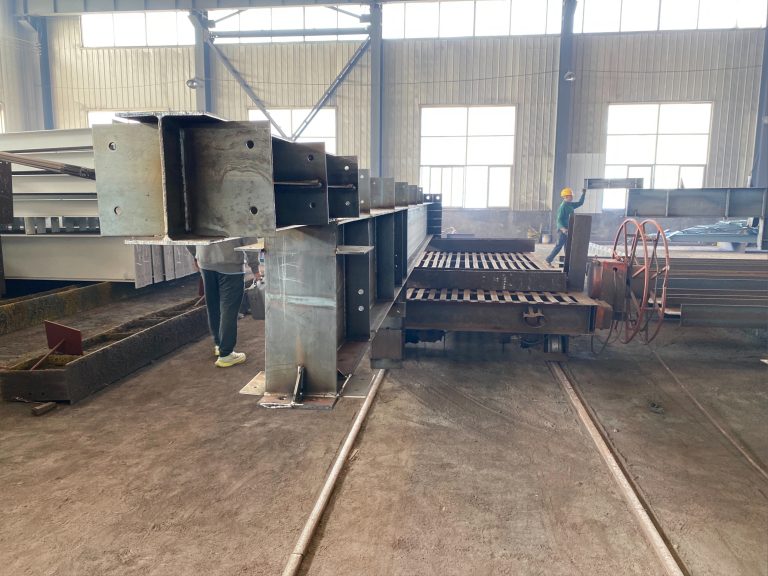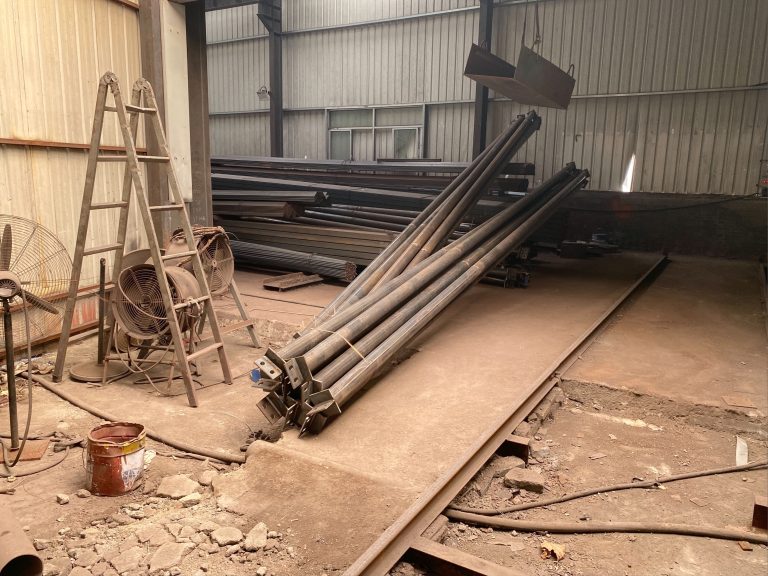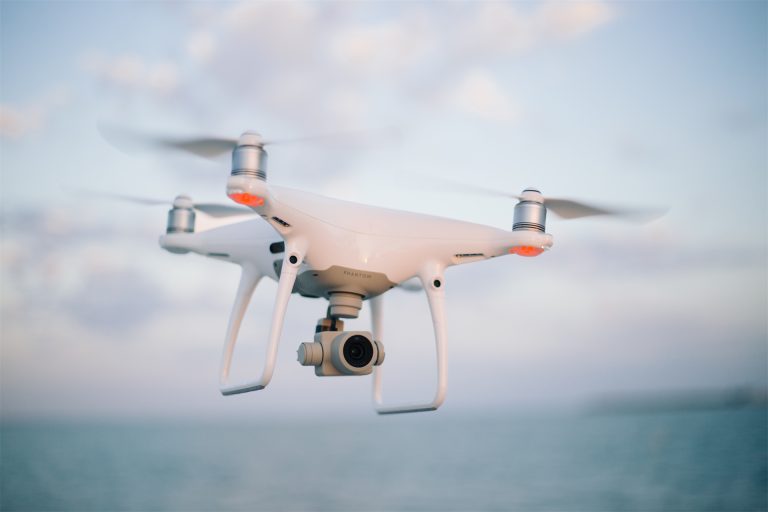Construction requirements and protective measures of steel structure box in temporary data center and communication base station.
Table of Contents
Construction Requirements for Steel Structure Box in Temporary Data Center
Steel structure boxes are commonly used in temporary data centers and communication base stations due to their durability, strength, and versatility. When constructing a steel structure box for these purposes, there are several key requirements that must be met to ensure the safety and functionality of the building.
One of the most important construction requirements for a steel structure box in a temporary data center is the need for a solid foundation. The foundation must be able to support the weight of the steel structure box and any equipment that will be housed inside. Additionally, the foundation must be able to withstand the elements and provide stability for the structure.
In addition to a solid foundation, the steel structure box must also be constructed with high-quality materials that are able to withstand the rigors of a data center environment. This includes using steel beams and columns that are able to support heavy loads and resist corrosion. The walls and roof of the structure must also be constructed with durable materials that can provide insulation and protection from the elements.
Another important construction requirement for a steel structure box in a temporary data center is the need for proper ventilation and air circulation. Data centers generate a significant amount of heat, so it is essential that the steel structure box is equipped with adequate ventilation systems to prevent overheating and ensure the proper functioning of the equipment inside.
Protective measures must also be taken to ensure the safety of the steel structure box and the equipment housed inside. This includes installing fire suppression systems, security measures, and emergency exits. Additionally, the structure must be designed to withstand extreme weather conditions, such as high winds and heavy snow loads.
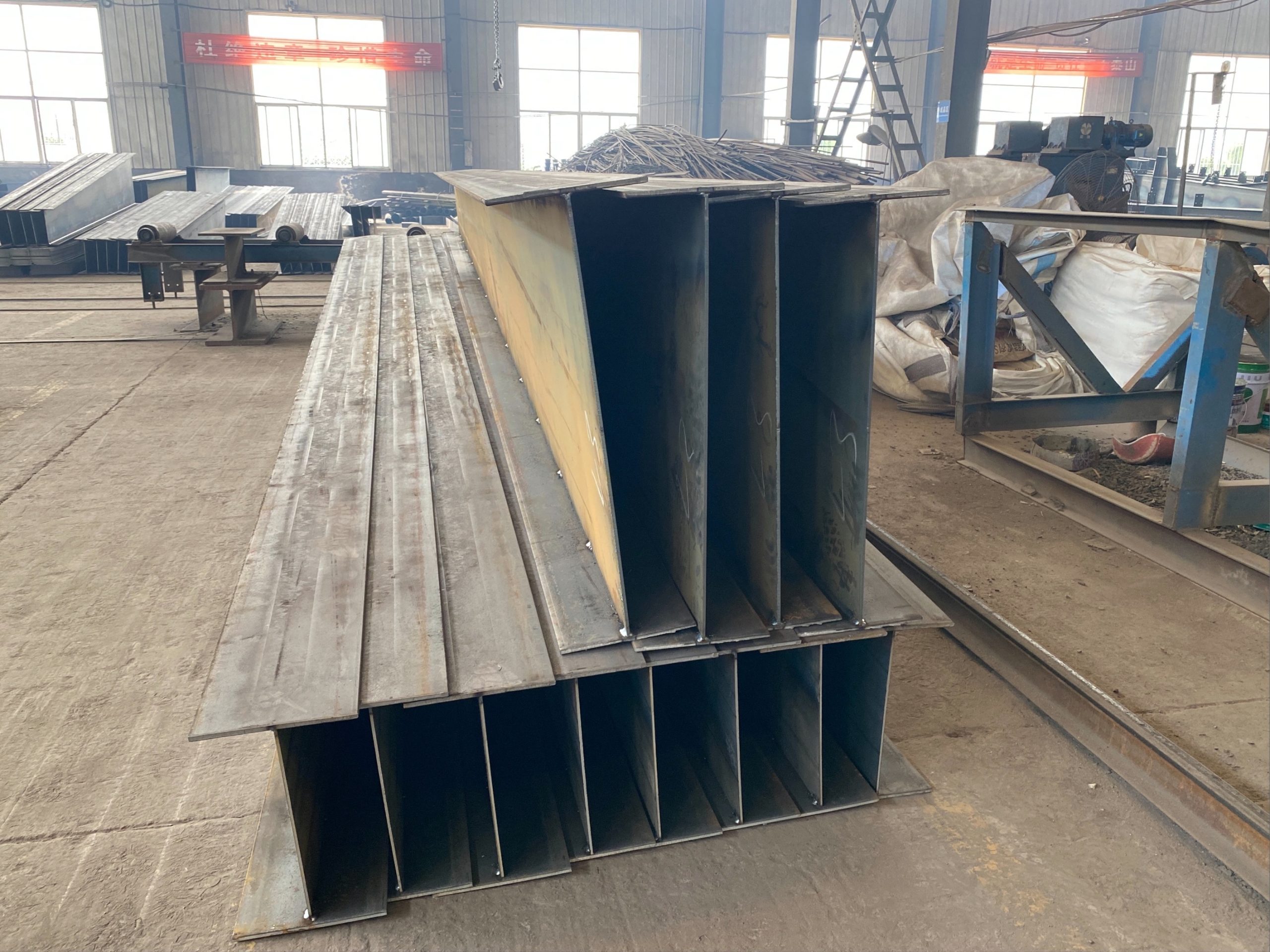
When constructing a steel structure box for a communication base station, there are similar requirements that must be met. The foundation must be able to support the weight of the structure and any equipment that will be housed inside. The materials used in construction must be able to withstand the elements and provide protection for the equipment.
Proper ventilation and air circulation are also essential for a steel structure box in a communication base station. Communication equipment generates heat, so it is important that the structure is equipped with ventilation systems to prevent overheating and ensure the proper functioning of the equipment.
Protective measures, such as fire suppression systems and security measures, are also necessary for a steel structure box in a communication base station. The structure must be designed to withstand extreme weather conditions and provide a safe and secure environment for the equipment.
In conclusion, constructing a steel structure box for a temporary data center or communication base station requires careful planning and attention to detail. By meeting the construction requirements and implementing protective measures, you can ensure the safety and functionality of the structure and the equipment housed inside. With proper construction and maintenance, a steel structure box can provide a reliable and secure environment for your data center or communication equipment.
Protective Measures for Steel Structure Box in Communication Base Station
Steel structure boxes are commonly used in temporary data centers and communication base stations due to their durability and strength. However, in order to ensure the safety and longevity of these structures, it is important to adhere to certain construction requirements and implement protective measures.
One of the key construction requirements for steel structure boxes in communication base stations is the use of high-quality materials. The steel used should be of a high grade to ensure that the structure can withstand the elements and provide a secure environment for the equipment housed within. Additionally, the design of the box should take into account factors such as wind load, snow load, and seismic activity to ensure that it can withstand any potential hazards.
In addition to using high-quality materials, it is also important to properly install and maintain the steel structure box. This includes ensuring that the box is securely anchored to the ground to prevent it from being blown over in high winds. Regular inspections should also be conducted to check for any signs of wear or damage, and repairs should be made promptly to prevent further deterioration.
Protective measures should also be implemented to safeguard the steel structure box from potential threats. One common protective measure is the installation of security cameras and alarms to deter theft and vandalism. Additionally, fire suppression systems should be installed to prevent fires from spreading and causing damage to the equipment housed within the box.
Another important protective measure is the implementation of proper ventilation and cooling systems. The equipment housed within the steel structure box generates a significant amount of heat, and without proper ventilation, this heat can build up and cause the equipment to overheat. This can lead to malfunctions and potentially damage the equipment. By installing ventilation and cooling systems, the temperature within the box can be regulated, ensuring that the equipment remains operational.
In addition to ventilation and cooling systems, it is also important to implement proper grounding and lightning protection measures. Communication base stations are often located in areas that are prone to lightning strikes, and without proper protection, the equipment housed within the steel structure box can be damaged. By installing lightning rods and grounding systems, the risk of damage from lightning strikes can be minimized.
Overall, the construction requirements and protective measures for steel structure boxes in temporary data centers and communication base stations are essential for ensuring the safety and longevity of the equipment housed within. By using high-quality materials, properly installing and maintaining the structure, and implementing protective measures such as security systems, ventilation, cooling, grounding, and lightning protection, the risk of damage to the equipment can be minimized, ensuring that the communication base station remains operational and secure.

